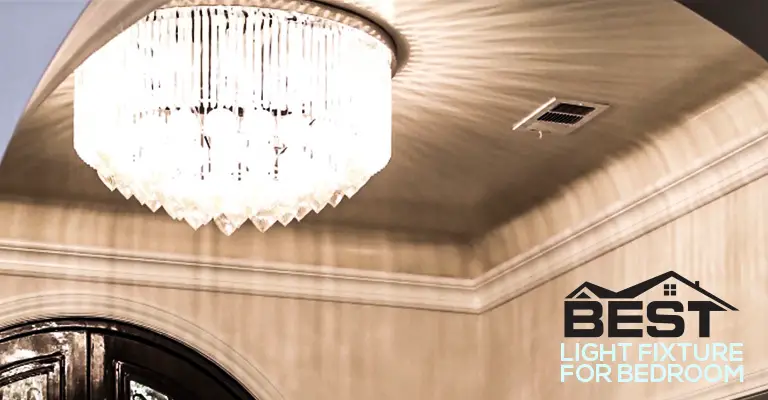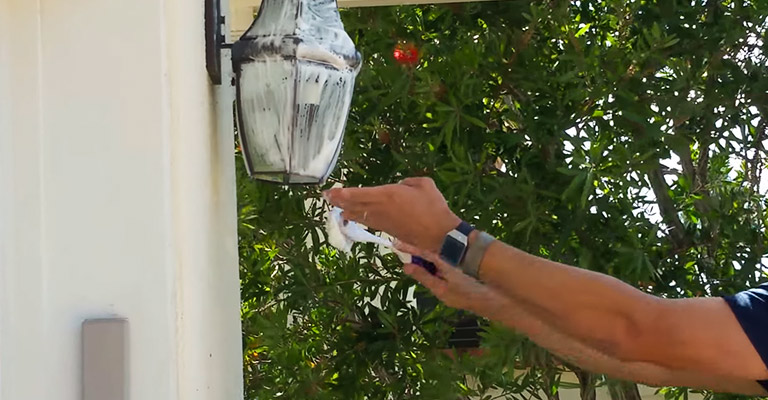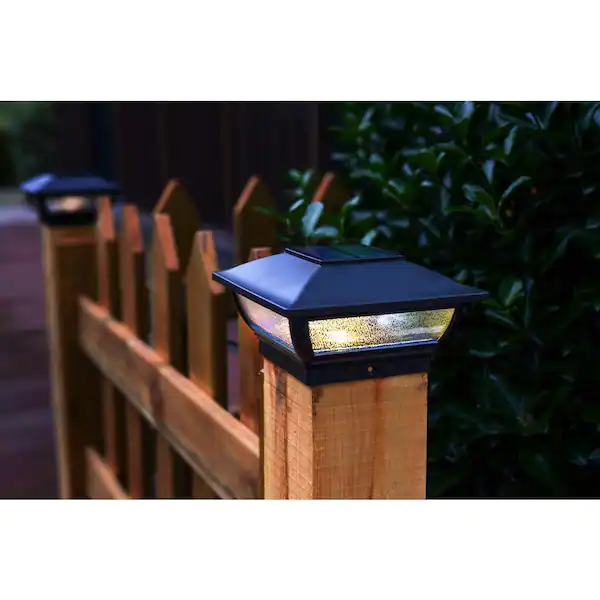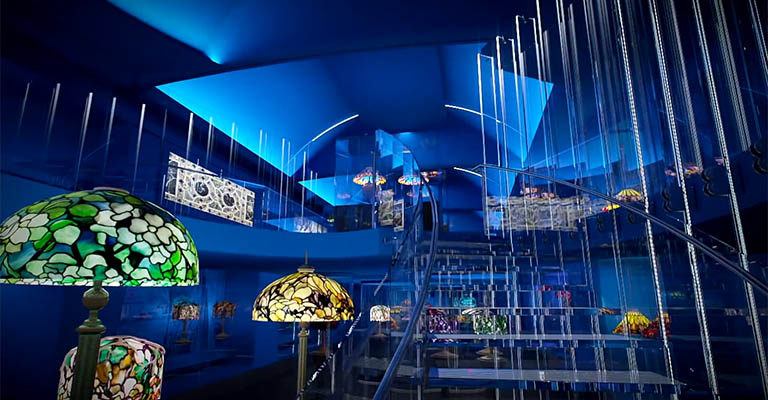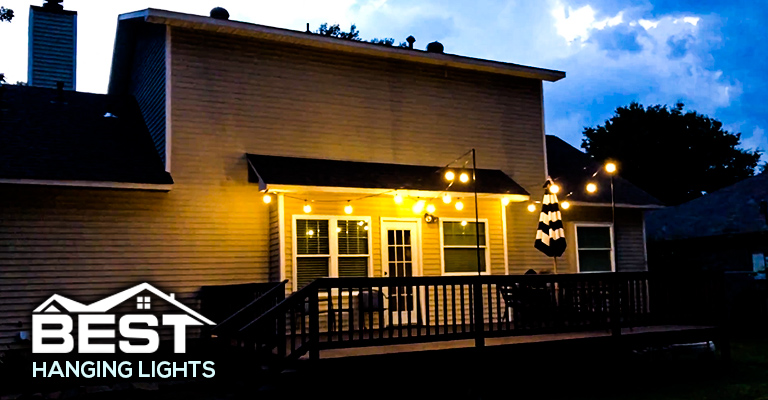Why Is My Light Getting Brighter and Then Dim?
The reasons behind lights getting brighter and then dim are several. Loose connection, undersized and faulty wiring, large appliance in the same circuit panel are some of the main reasons.
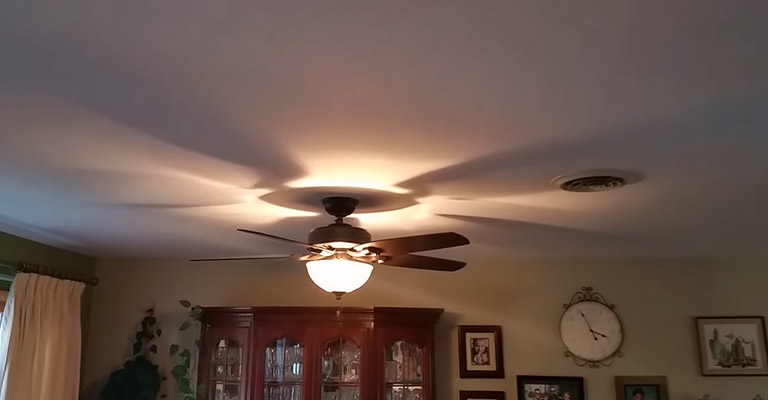
Why Is My Light Getting Brighter and Then Dim?
The issue of the lights getting brighter and then dim is pretty complicated. It needs to be addressed as soon as possible. The problem could be in the transformer or your meter. It could also be a problem in your panel. All these problems require different approaches.
A line transformer steps down the high voltage electricity in the power lines to a usable 240 volts. The two hot wires that connect the transformer and the panel in your house are a black wire and a red wire. The voltage between them is 240 volts.
There is also a white neutral wire which comes from the panel to the transformer and a bare wire which goes to the ground. The voltage between a hot leg and neutral is 120 volts. Under normal operating conditions, the power runs through the 120 volts circuits while not being influenced by other circuits. In this case, the electricity has a clear path back to the transformer via the neutral wire.
However, if that well-defined neutral path is broken, the current just does not stop flowing. The current now attempt to complete the circuit through the ground. It uses the other hot leg, which in return turns all the 120-volt circuits into 240-volt ones.
The load difference between the red and the black leg is what causes the sudden flickering of lights. If the black one has a greater load than the red one, the voltage drop will cause the lights on the black leg to dim. At that time, the lights on the red leg become brighter than normal since the effective voltage is greater than 120 volts.
When you turn the lights on, the load balance changes. This change in balance is what causes you to see sudden dimming and brightening of lights. This is an unsafe situation that needs to be addressed. However, if the problem lies in either your meter or the transformer itself, the blame is on the power company.
If the problem is inside your panel, not on the outside, then you have to take the initiatives to fix that yourself. In case you see this problem occurring only in your house, you must consult an experienced electrician.
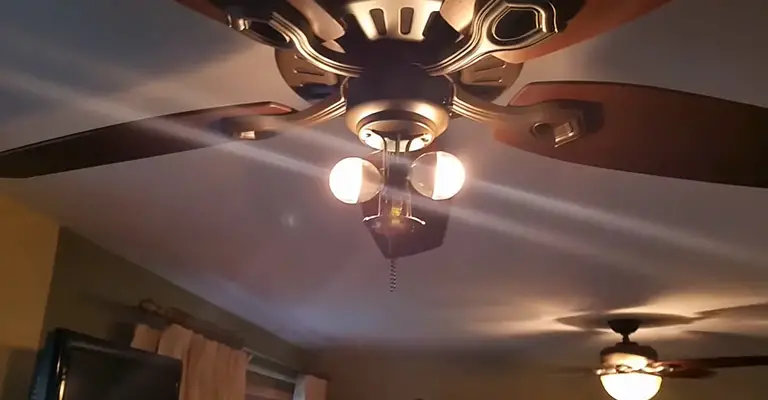
Lights Dimming in One Room
The reason behind the lights dimming in only one room is generally a circuit overload. This is relatively easier to fix. When a large appliance shares the circuit with the lights, it draws more power than it usually does when it is running. This causes a power drop which causes the lights in a room to dim. In this case, the issue is not of much danger.
However, it is better to take a look into this. Because, if the current draw exceeds the circuit breaker rating, it trips. When this happens repeatedly, the issue becomes troublesome.
You can just add a dedicated circuit for the appliance to avoid such issues. You can also try upgrading the panel, which can be pretty expensive. Another option is to move the appliance to a less-used circuit.
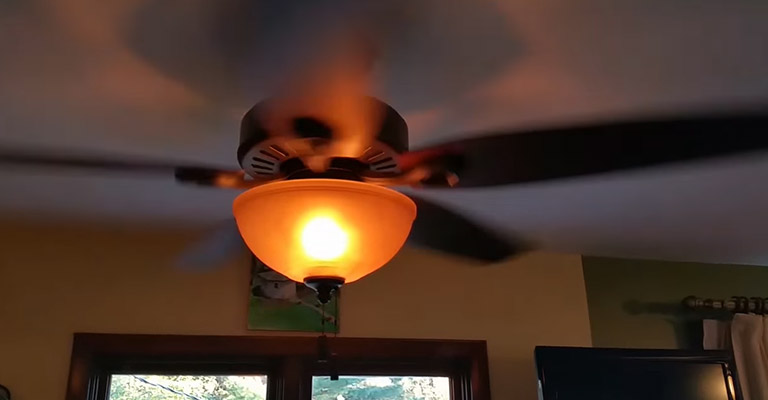
Causes of Dim and Flickering Lights
The cause behind the lights dimming and flickering can be many. Usually, the reason behind flickering is the same as dimming. One reason could be the regular pulsing load on a circuit that is subjected to heavy load, undersized wire, or poor connections.
If only one fixture has such issues, then it is fairly easy to inspect. You can tighten the bulb, or check the breaker. You should also check the wires and tighten those connections.
Another reason could be using a large appliance in the same circuit as the lights. This causes the appliance to draw a huge amount of power which results in voltage fluctuations. The solution to this is to move the large appliance to a different and less-used circuit.
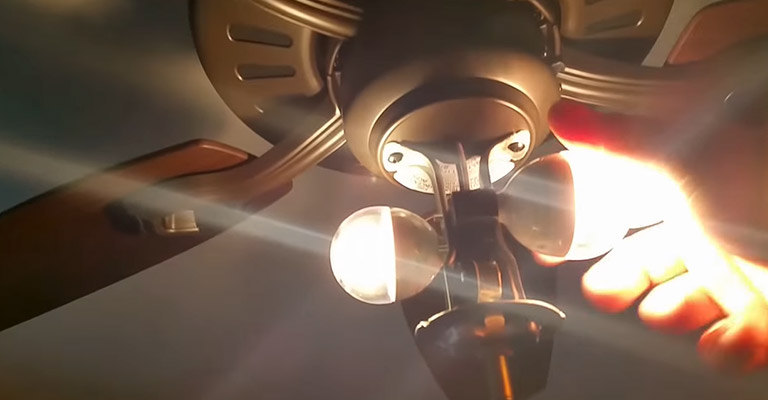
LED Lights Dim and Then Brighten
LED lights are sensitive to power issues because they are electronic. Before buying one, make sure they are of high quality with a recognized certification. The most common reason behind the dimming and brightening issue of LEDs is the voltage fluctuations in the home’s wiring.
When the electrical loads turn on and off in your home, it creates a difference in voltage level. This causes the LED lights to dim or flicker sometimes. There are also some other reasons such as the huge inrush current of appliances, loose wiring, the loose connection of bulbs, dimmer capability, etc.
To get rid of such issues, you can try checking the breaker in the circuit. If there is any large appliance in that same circuit panel, try moving it somewhere else. You should also check the wiring and the bulb connection whether they are loose or not. If you are not sure, try consulting an electrician.
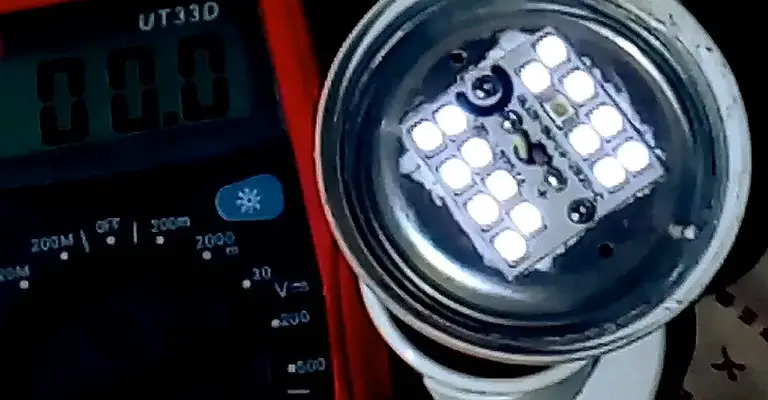
Frequently Asked Questions
Q: Is a dimming light dangerous?
Ans: Dimming lights can be dangerous. The reasons behind dimming lights can be old and damaged wiring, voltage drop, etc. The issues cannot be neglected as the underlying events could cause a fire hazard to your home.
Conclusion
The puzzling ebb and flow of your house lights’ brightness is a complex issue with numerous potential culprits. From power grid issues that may instigate citywide power shortages to improper wiring and electrical service in your home, the reasons behind your lights’ flickering or unexpected changes in intensity can be numerous and diverse. The scenario can range from something as simple as an old light bulb nearing its lifespan to more complicated problems such as poorly installed wiring in your home electrical circuit.
Light bulbs and fixtures themselves are often the epicenter of these electrical anomalies. A faulty light bulb or light fixture can result in dim lighting or unexpected brightening. Notably, if other electrical devices like the air conditioner display similar issues, it’s a strong signal that your entire electrical system might be the root cause. Moreover, light switches might contribute to the problem if they are defective or improperly wired.
Therefore, don’t underestimate the importance of maintaining your artificial lighting system properly. Regular checks of your light bulbs, fixtures, switches, and an overall review of your home’s wiring can be instrumental in preventing these illuminating dilemmas. Taking preemptive measures, being observant, and prompt attention to any signs of electrical issues in your home can save you from the inconvenience of erratic lighting and potential safety hazards.
However severe the issue may be, you must not overlook the issue of dimming and brightening of lights. If you are inexperienced with electrical affairs and tightening the bulb does not help, do not engage with the issue yourself. You should consult a licensed electrician for help in that case.
Also read-
The Perfect LED Light Fixture To Replace Fluorescent tubes!
The Latest 4 Foot LED Light Fixtures Are Hot, The Price Is Not!

